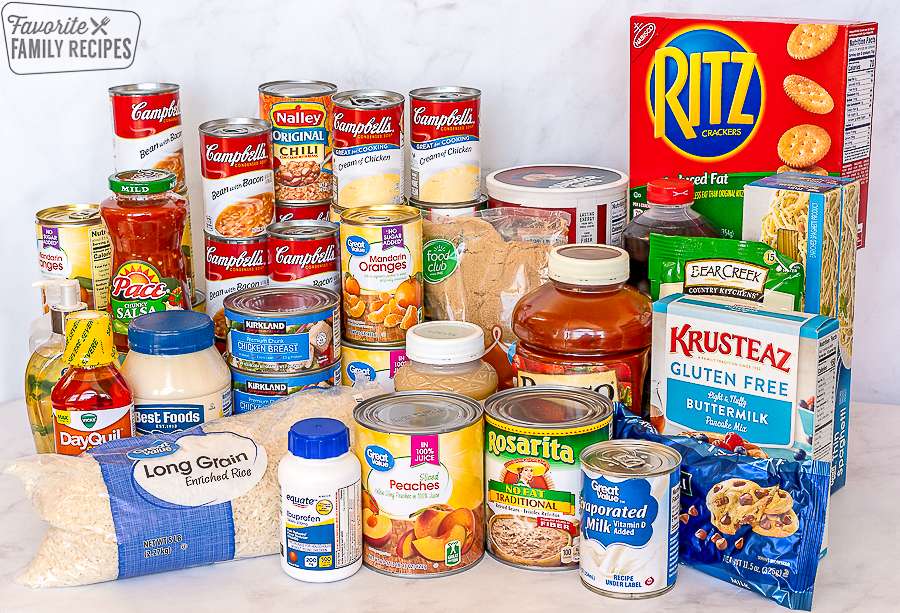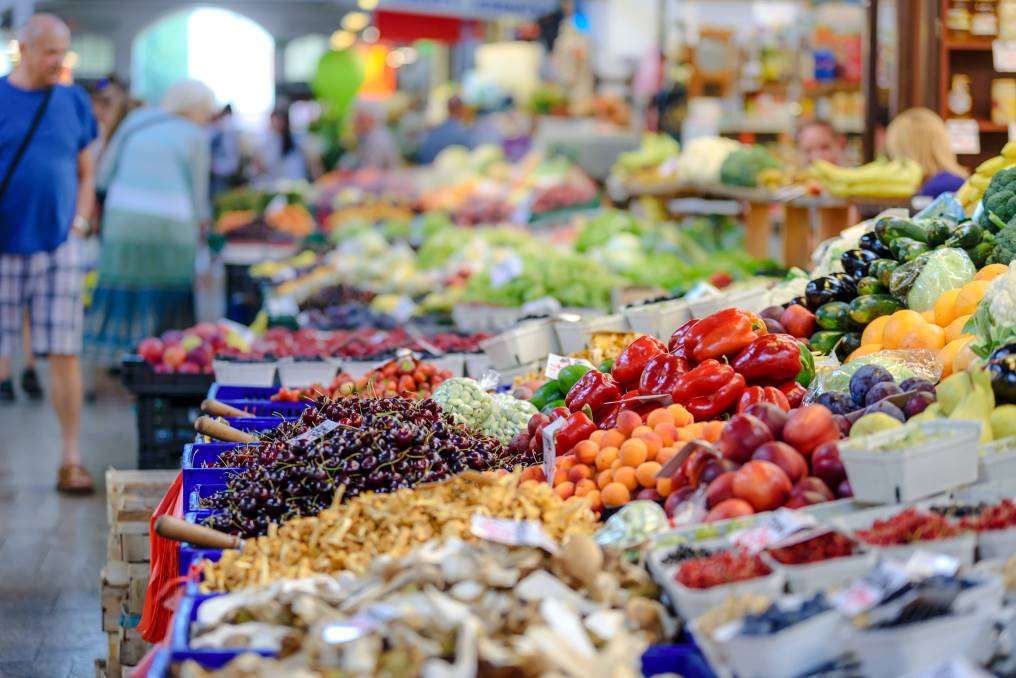In this article, we will discuss the shelf life of non-refrigerated food and provide you with some valuable information on how long certain foods can safely last without refrigeration. Whether you’re interested in off-grid living or simply looking for ways to ensure your food stays safe in emergency situations, this article will provide you with the answers you need. Stay tuned to learn more about the shelf life of non-refrigerated food and how to properly store it.
The Shelf Life of Non-Refrigerated Food
In today’s fast-paced world, we are accustomed to refrigeration being a staple in our everyday lives. From keeping our groceries fresh to preserving leftovers, refrigerators have become an essential appliance in every household. However, have you ever wondered about the shelf life of non-refrigerated food? How long can certain food items remain safe to consume without the aid of refrigeration? In this article, we will explore the importance of proper food storage, the factors affecting the shelf life of non-refrigerated food, and delve into the specific shelf lives of common food items found in our pantries. So, let’s dive in and discover how to best maximize the freshness and safety of our non-refrigerated food.
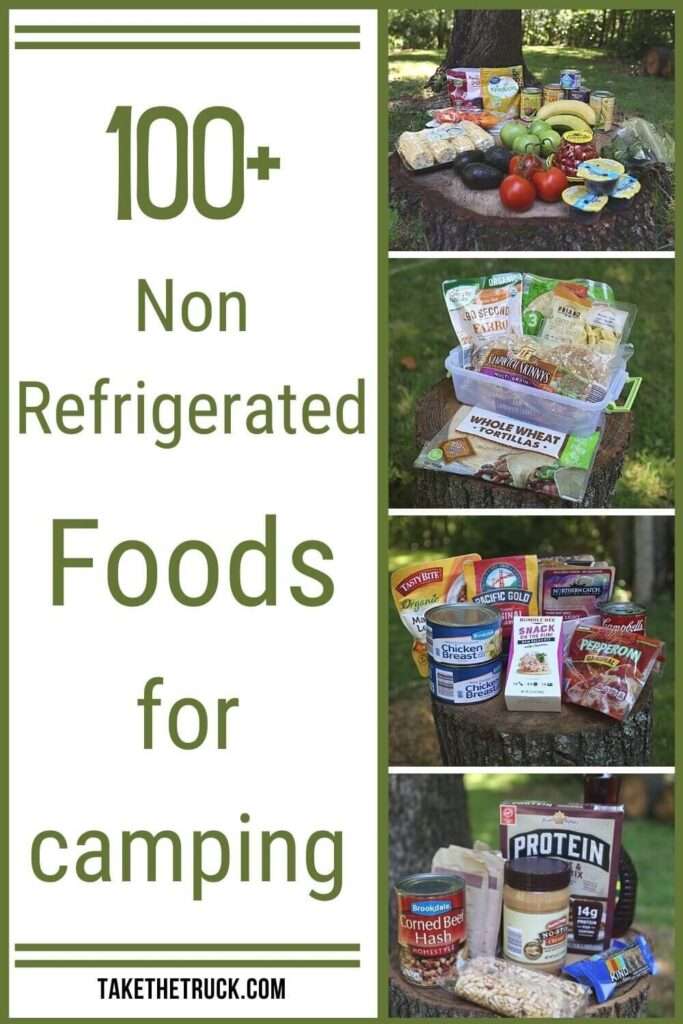
Understanding the Importance of Proper Food Storage
Proper food storage is vital to maintain the quality and safety of our food. It is especially crucial when it comes to non-refrigerated food items, as they rely on various factors to remain edible for extended periods. The primary goal of proper storage is to inhibit the growth of harmful bacteria, fungi, and other microorganisms that can lead to foodborne illnesses. By following recommended storage practices, we can prolong the shelf life of non-refrigerated food and ensure that it remains both safe and enjoyable to consume.
Factors Affecting the Shelf Life of Non-Refrigerated Food
Several factors influence the shelf life of non-refrigerated food items. These include temperature, humidity, light exposure, packaging, and the inherent properties of the food itself. Understanding these factors and their impact on food can help us make informed decisions when it comes to storage and consumption.
Temperature plays a critical role in food degradation. The warmer the environment, the faster food undergoes chemical changes, encouraging the growth of bacteria and other pathogens. Ideal storage temperatures for non-refrigerated food typically range from 50 to 70 degrees Fahrenheit (10 to 21 degrees Celsius).
Humidity levels can also affect the moisture content of certain food items, leading to spoilage or the growth of mold. It is generally recommended to store non-refrigerated food in low humidity environments to prolong shelf life.
Exposure to light, especially ultraviolet (UV) rays, can accelerate the breakdown of various components in food, such as vitamins and pigments. To minimize light exposure, opaque containers or pantries with limited light access are recommended.
The type and quality of packaging are crucial in preserving the freshness of non-refrigerated food. Airtight containers, vacuum-sealed bags, and proper sealing can help prevent moisture and oxygen from degrading the food.
Lastly, the inherent properties of food items themselves affect their shelf life. Factors such as moisture content, acidity, fat content, and the presence of antimicrobial compounds all contribute to how long a specific food can remain safely edible without refrigeration.
Common Non-Refrigerated Food Items and their Shelf Life
Let’s now explore the specific shelf lives of common non-refrigerated food items you might find in your pantry or during off-grid living situations.
Dry Goods: Staples for Pantry Survival
Dry goods, such as flour, sugar, rice, pasta, and beans, are pantry essentials, often used as the foundation for various meals. When properly stored in a cool and dry environment, these items can last for months to several years beyond their best-by dates.
Flour, for example, has a shelf life of approximately 6-8 months if stored in an airtight container away from heat and moisture. Whole wheat flour, however, has a shorter shelf life of around 3-6 months due to its higher oil content.
Sugar, if kept in a sealed container away from humidity, has an indefinite shelf life, as bacteria and mold do not readily grow in high-sugar environments. However, over time, sugar may clump due to moisture absorption, which can be easily remedied by breaking up the clumps.
Rice and pasta are both excellent foundations for countless meals. When stored in a cool and dry environment, uncooked white rice can last up to 4-5 years, while brown rice has a slightly shorter shelf life of 6-8 months. Similarly, dried pasta has a shelf life of 1-2 years when properly stored.
Beans, whether canned or dry, are rich in protein and a great addition to your non-refrigerated food storage. Canned beans can last for 2-5 years beyond the printed date, while dried beans, if stored in airtight containers, can remain safe to consume for up to 2-3 years.
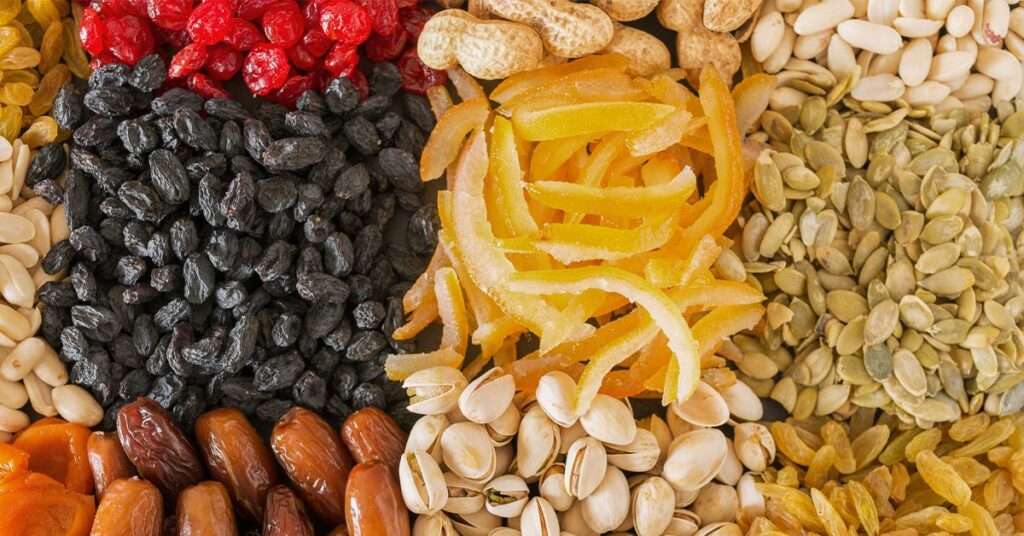
Canned Food: Preserving Nutrients for the Long Haul
Canned food has been a reliable and convenient option for off-grid living and emergencies for decades. The canning process involves heating and sealing food in airtight containers, effectively killing bacteria and other microorganisms and creating a barrier against further contamination.
The shelf life of canned goods varies depending on the contents and the preservation method used. However, most canned foods can remain safe for consumption well beyond their expiration dates when stored in a cool, dry place. It is important to note that while the food may still be safe to eat, its taste and nutritional value may deteriorate over time.
High-acid foods, such as tomatoes, citrus fruits, and pickled vegetables, typically have shorter shelf lives, ranging from 12-18 months. Low-acid foods, such as beans, canned meat, and fish, can last much longer, with shelf lives of 2-5 years or more.
It is essential to inspect canned goods for any signs of damage, such as dents, bulges, or leaking. Swollen cans may indicate the presence of harmful bacteria, and such cans should be discarded.
Dehydrated and Freeze-Dried Food: Extending Shelf Life with Water Removal
Dehydrated and freeze-dried food is another excellent option for non-refrigerated food storage. Both methods involve the removal of water from the food, inhibiting the growth of bacteria and microorganisms.
Dehydrated foods, such as dried fruits, vegetables, and jerky, have a significantly extended shelf life when stored properly. They can last anywhere from several months to years. Vacuum-sealed packages or airtight containers are ideal for storing dehydrated foods, keeping moisture and oxygen levels low.
Freeze-dried food takes dehydration a step further by freezing the food and subjecting it to a vacuum, allowing the ice to sublimate directly into water vapor without undergoing the liquid state. This process maintains the food’s original texture, color, and taste while drastically extending its shelf life. Freeze-dried food can last anywhere from 25-30 years if stored in suitable conditions.
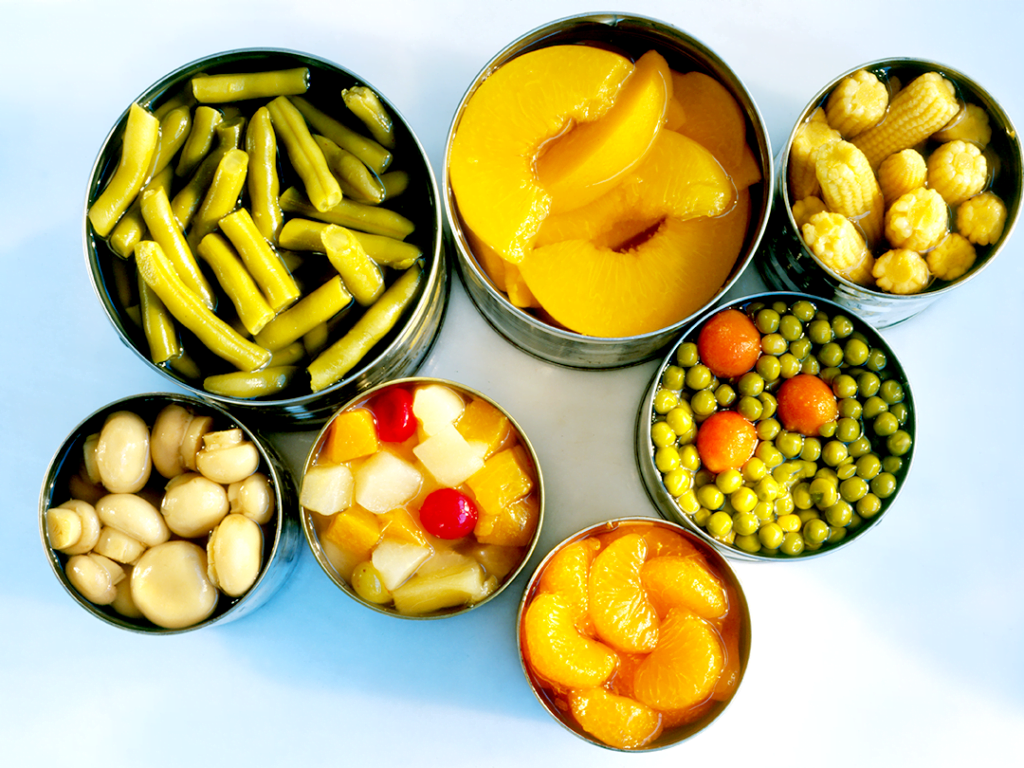
Grains and Legumes: Nourishment that Can Last for Years
Grains and legumes are nutritious staples that have sustained civilizations for centuries. When properly stored in airtight containers away from heat, moisture, and pests, these food items can last for several years, providing sustainable nourishment.
Wheat, for example, has an impressive shelf life of up to 30 years when stored properly. Other grains like oats, barley, and cornmeal have similar long shelf lives.
Legumes, such as lentils, chickpeas, and kidney beans, are rich in protein and fiber. When stored in cool and dry conditions, dried legumes can remain safe to consume for 1-2 years or longer. Once cooked, legumes should be consumed within 3-4 days or properly stored in the refrigerator.
Fruits and Vegetables: Optimizing Storage for Freshness
While many fruits and vegetables require refrigeration to prolong their freshness, there are some options that can be stored at room temperature for shorter periods.
Citrus fruits, such as lemons, limes, and oranges, can be stored outside the refrigerator for up to 7-10 days, depending on their ripeness. Apples, pears, and some root vegetables, like potatoes and onions, can fare well in cool, dry environments for several weeks.
To extend the shelf life of fruits and vegetables, it is crucial to inspect them regularly for any signs of spoilage. Remove any items showing molds or becoming overly soft to prevent the spread of decay to neighboring produce.
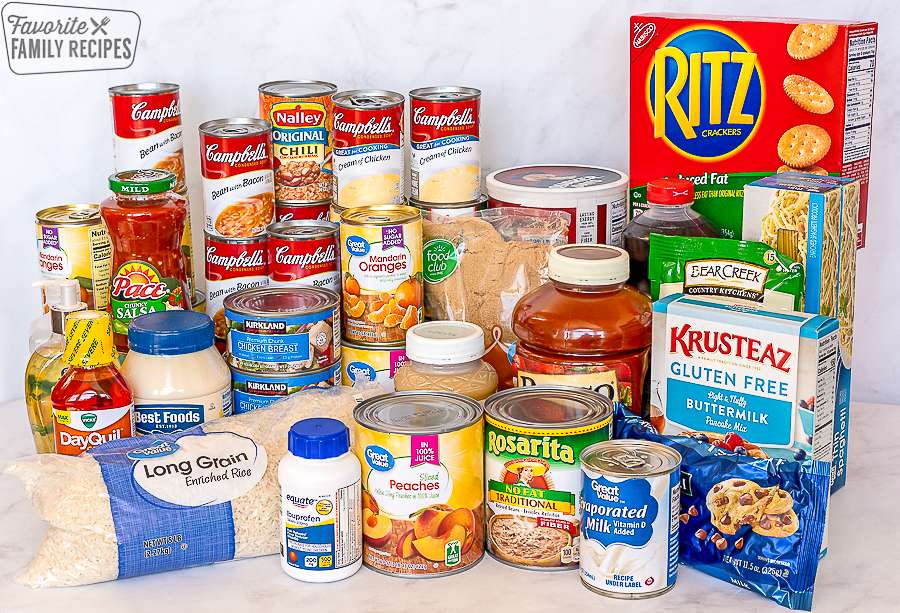
Meat and Seafood: Non-Refrigerated Storage Options
Meat and seafood are highly perishable items that typically require refrigeration to prevent bacterial growth. However, when it comes to non-refrigerated storage, there are some options available.
Cured meats, such as dry salami or jerky, undergo a preservation process that extends their shelf life. These products can be safely stored in a cool and dry place for several weeks or longer, depending on the specific type.
Canned meats, such as tuna, chicken, or pork, provide a non-refrigerated alternative for long-term storage. These products can remain safe to consume for 2-5 years or more when stored correctly.
Dried or smoked fish, like salted cod or smoked salmon, can also be safely stored at room temperature for limited periods. However, it is essential to ensure that the fish is properly dried or smoked and stored in airtight packaging to prevent spoilage.
Dairy and Eggs: Alternatives to the Fridge
Dairy products and eggs are commonly associated with refrigeration due to their perishable nature. However, there are non-refrigerated alternatives available for these food items.
Powdered milk and powdered eggs are excellent alternatives for non-refrigerated storage. When stored in airtight containers away from heat and moisture, powdered milk can last for several months to years. Similarly, powdered eggs can retain their quality and nutritional value for up to 5-10 years when stored correctly.
It is important to note that rehydrated powdered milk and eggs should be consumed promptly or stored in the refrigerator if not used entirely.

Baked Goods: Preserving Freshness Beyond the Refrigerator
Baked goods, including bread, pastries, and cookies, are typically associated with refrigeration to maintain their freshness. However, there are ways to preserve the quality of these items without refrigeration.
Bread, when stored in a cool and dry place in an airtight container or bag, can remain fresh for several days. Alternatively, freezing bread can extend its shelf life for several months.
Pastries and cookies that do not require refrigeration due to their low moisture content can also be stored in airtight containers to maintain their freshness. Proper sealing helps protect them from moisture, air, and pests, prolonging their shelf life.
Snacks and Sweets: Non-Refrigerated Indulgences
Snacks and sweets are often associated with immediate indulgence, but did you know that many of these items can be stored without refrigeration for extended periods?
Dry snacks like crackers, pretzels, and cookies can be stored in airtight containers for weeks or even months, maintaining their crispiness and flavor. It is important to keep these items away from moisture and excessive heat to prevent staleness.
Candy, both hard and soft varieties, can remain safe to consume for extended periods when stored in dry and cool environments. Exposure to heat or moisture can affect their texture and taste, so proper storage is crucial.
Special Considerations for Non-Refrigerated Food Storage
While non-refrigerated food storage can provide many viable options for off-grid living or emergency situations, there are a few additional considerations to keep in mind:
- Rotate your stock: As with any food storage system, it is essential to regularly rotate your stock, consuming the oldest items first. This practice ensures that you are always using the freshest products and reducing the risk of consuming expired food.
- Check for signs of spoilage: Regularly inspect food items for any signs of spoilage, such as mold, strange odors, or unusual textures. If in doubt, it is best to discard the item to prevent the risk of foodborne illnesses.
- Store in suitable containers: Proper storage containers, such as airtight jars, cans, or vacuum-sealed bags, are crucial in preventing exposure to moisture, air, pests, and light.
Conclusion: Safely Enjoying Non-Refrigerated Food
While refrigeration has become an integral part of our daily lives, it is important to remember that many food items can still be safely consumed without the aid of refrigeration. By understanding the factors that affect shelf life, proper storage techniques, and the specific shelf lives of common non-refrigerated food items, you can enjoy a wide variety of foods even in off-grid living or emergency situations. So, stock up on your pantry essentials, follow recommended storage practices, and savor the flavors of non-refrigerated food for longer periods with confidence.

